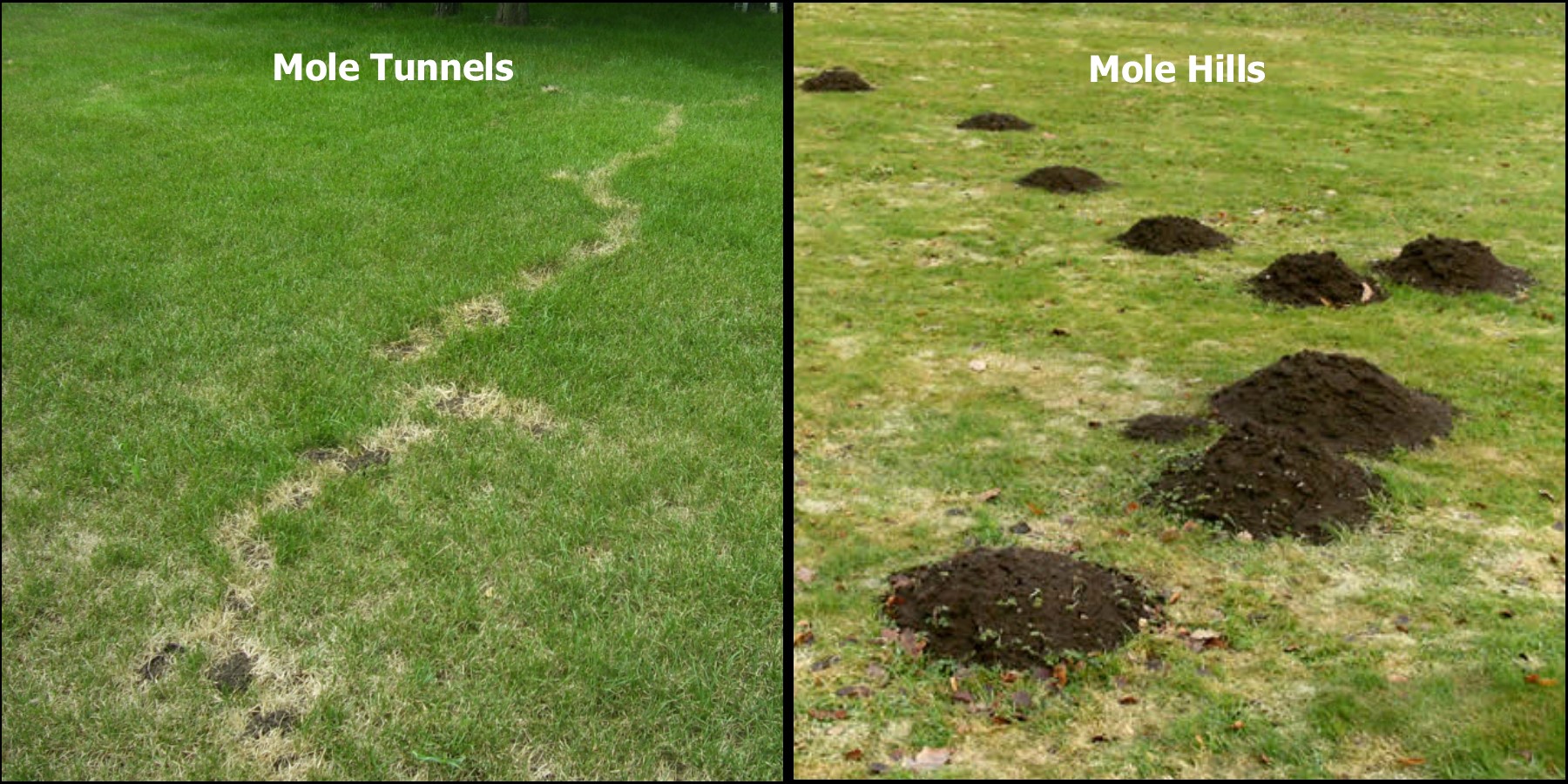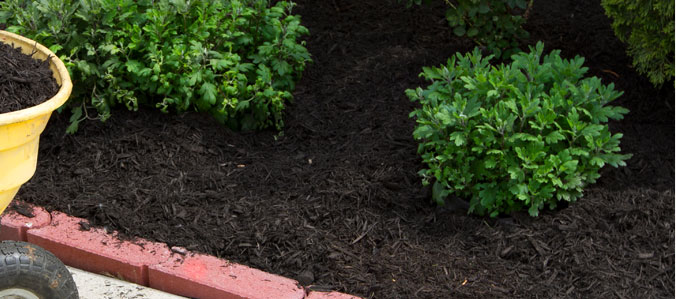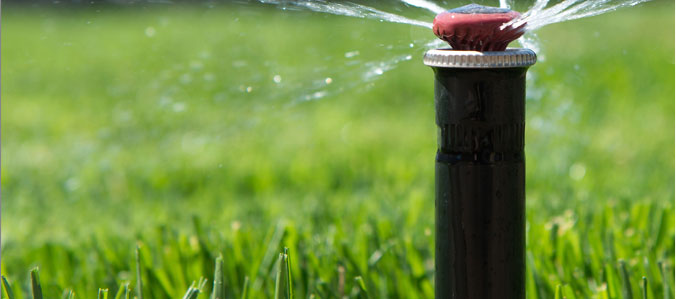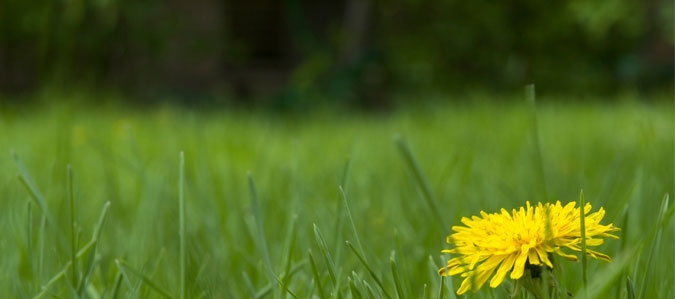Holy Moley! Mole Control & Damage – What Works?
Our Tips for Mole Control and Damage
Quite often, we will get calls from angry clients, to inform us of their mole damage. The anger is understandable. Who wouldn’t be angry to find sections of their lawn destroyed, overnight, by a subterranean insectivore?
Here in Northwest Indiana, mole damage can be found during any of our warm-weather months. Unfortunately, a popular myth has become embedded in our minds: that mole damage is associated with a grub infestation. This is not always the case.
Lawn destroying white grubs, are generally only an issue near the end of Summer. Moles are always out there, searching for new hunting grounds. Most of the time when people see new mole damage, it is in the Spring and early Summer, when pups (baby moles) begin to branch out from the den of their birth, and establish their own hunting grounds.
Did you know?
A mole’s diet consists of about 90% earthworms (the rest is just any insect they come across, and in a few 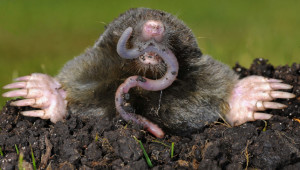 recorded cases, even mice and small rats that wandered into the wrong tunnel). Earthworms are always present in a healthy lawn. They are highly beneficial to the health of your lawn and landscape. You never want to do anything to reduce the worm population.
recorded cases, even mice and small rats that wandered into the wrong tunnel). Earthworms are always present in a healthy lawn. They are highly beneficial to the health of your lawn and landscape. You never want to do anything to reduce the worm population.
Mole damage is very easy to diagnose. If you see long rows of raised earth, and it was not like that yesterday, you probably have a mole.
The best course of action, upon finding mole damage, is to call RLM or fill out our online contact form, so we can help you take care of your critter issue.
Feeling adventurous and want to attempt to take care of the mole problem yourself?
- Walk the mounded lawn, pushing the trails flat with your feet.
- Go out the following day and see which areas have risen. These are the active hunting trails for the mole.
- Using a pencil, or screwdriver, create a hole, no wider that a quarter inch, every six to ten foot along the hunting trail.
- Insert a rodenticide covered gummy worm into each of these holes.
- After two days, the mole will have eaten the bait, and returned to its den to die.
- The final step is to flatten the mounds once again, and determine how much, if any, of the lawn requires repair.
Looking for more humane ways to remove a mole from your lawn?
- Plant daffodils and marigolds as moles cannot stand the smell of these flowers.
- Mix 6 ounces of castor oil with 2 tablespoons of soap to create a natural mole repellant (reapply every couple of days).
- Place cat litter into the mole holes; cats are predators of moles so this is an effective way to send the moles away.
For mole damage and all of your lawncare needs, give us a call at 219.996.2682 – or visit us at RLMinc.com.


